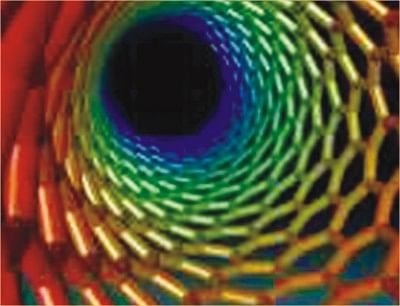Risks of nanotech

Developing countries overlook the potential risks of nanoparticles and structures like carbon nanotubes
Developing countries forging ahead with nanotechnology need regulation and research into local risk patterns, say Alok Dhawan andVyom Sharma.
Nanotechnology, the science of manipulating tiny particles less than 100 nanometers in diameter, has found many applications in consumer products, biomedical devices, drug delivery agents and the industrial sector.
In the consumer sector alone, more than 30 countries are manufacturing some 1,300 nanotech-based products, including textiles, food packaging, cosmetics, luggage, children's toys, floor cleaners and wound dressings. The number of such products has increased five-fold in the last five years.
But this rapid growth has also raised concerns about the potential for adverse effects on human health and the environment. Although research on harm remains inconclusive, developing countries that embrace nanotechnology should not overlook possible risks and must regulate products that contain nanoparticles.
Their small size gives nanoparticles some unusual physical properties, as they have a larger ratio of surface area to volume than bigger particles. This can also make them biologically more active. For example, when gold, usually an inert material, is converted to a nano-form, it acts as a catalyst for chemical reactions owing to high surface reactivity.

 For all latest news, follow The Daily Star's Google News channel.
For all latest news, follow The Daily Star's Google News channel. 



Comments